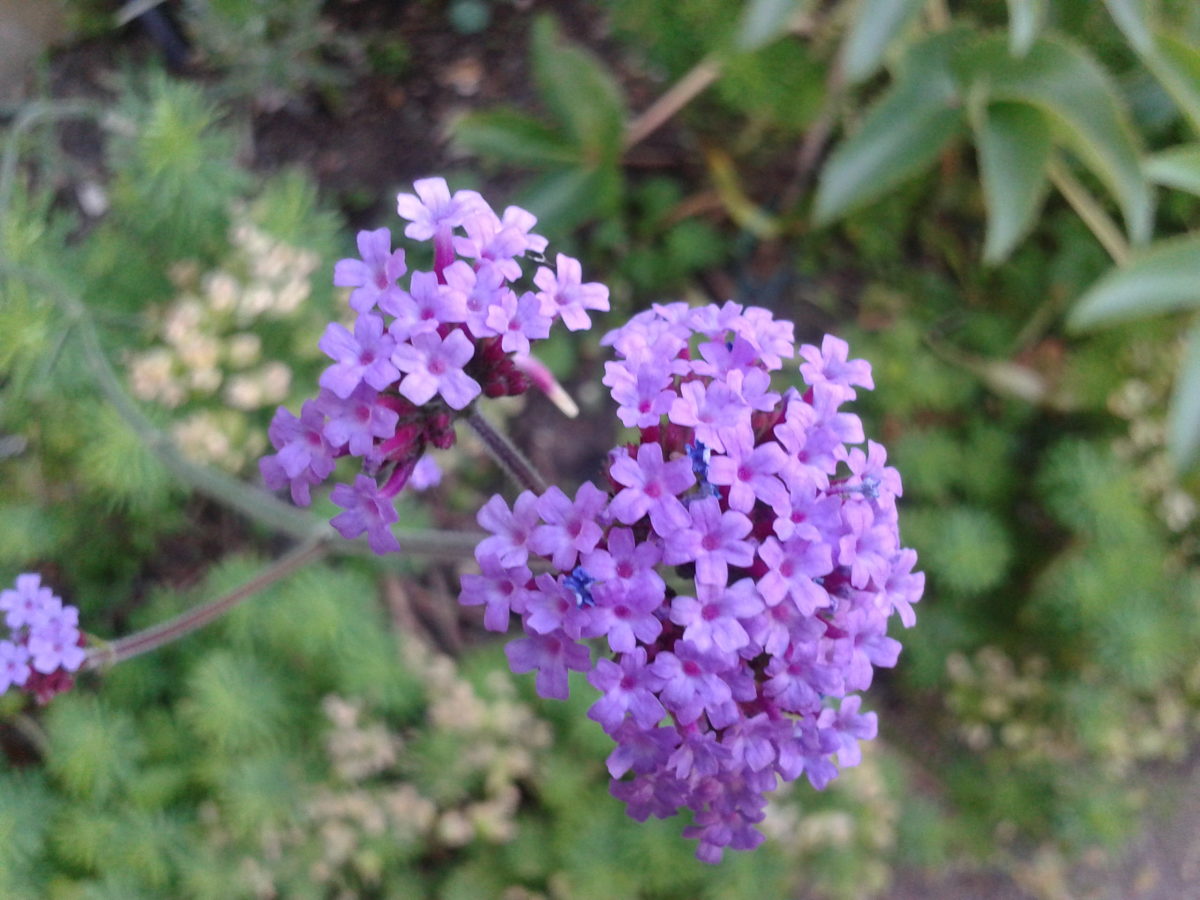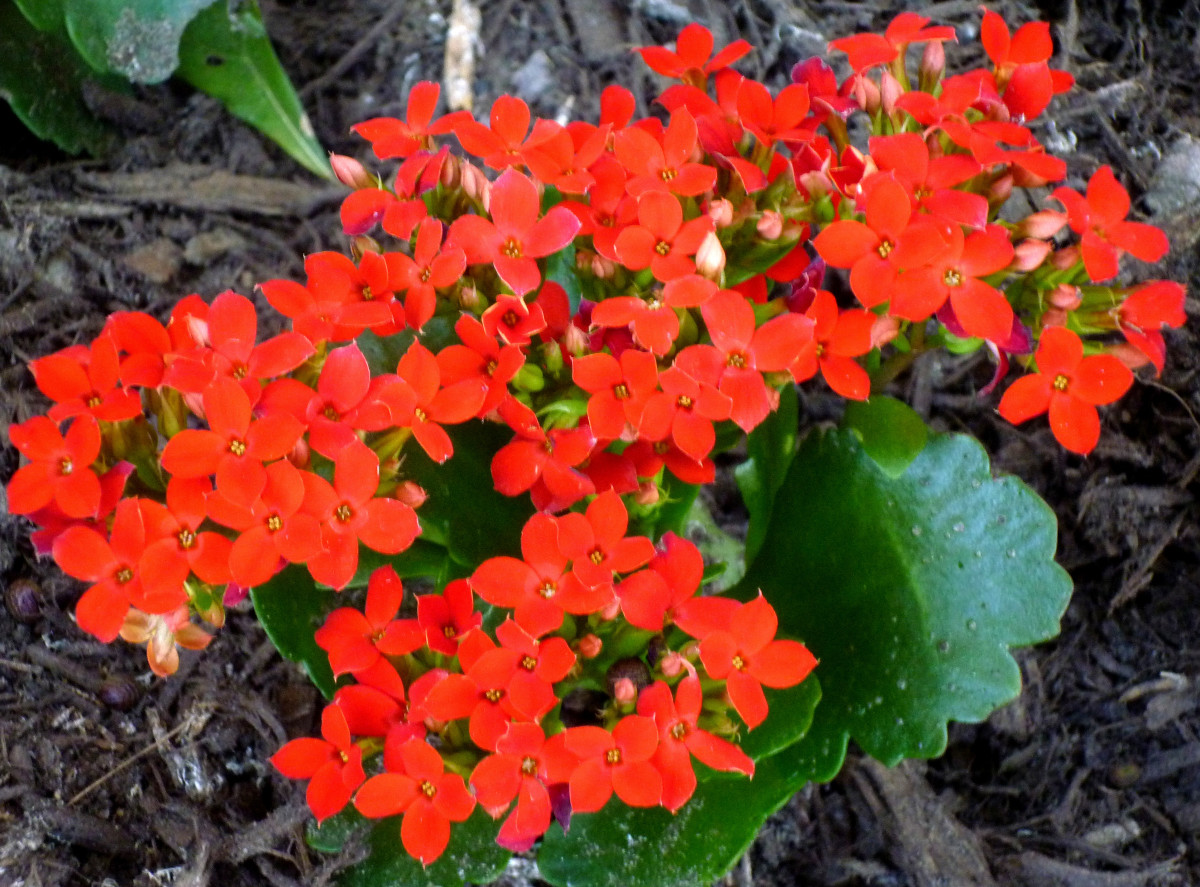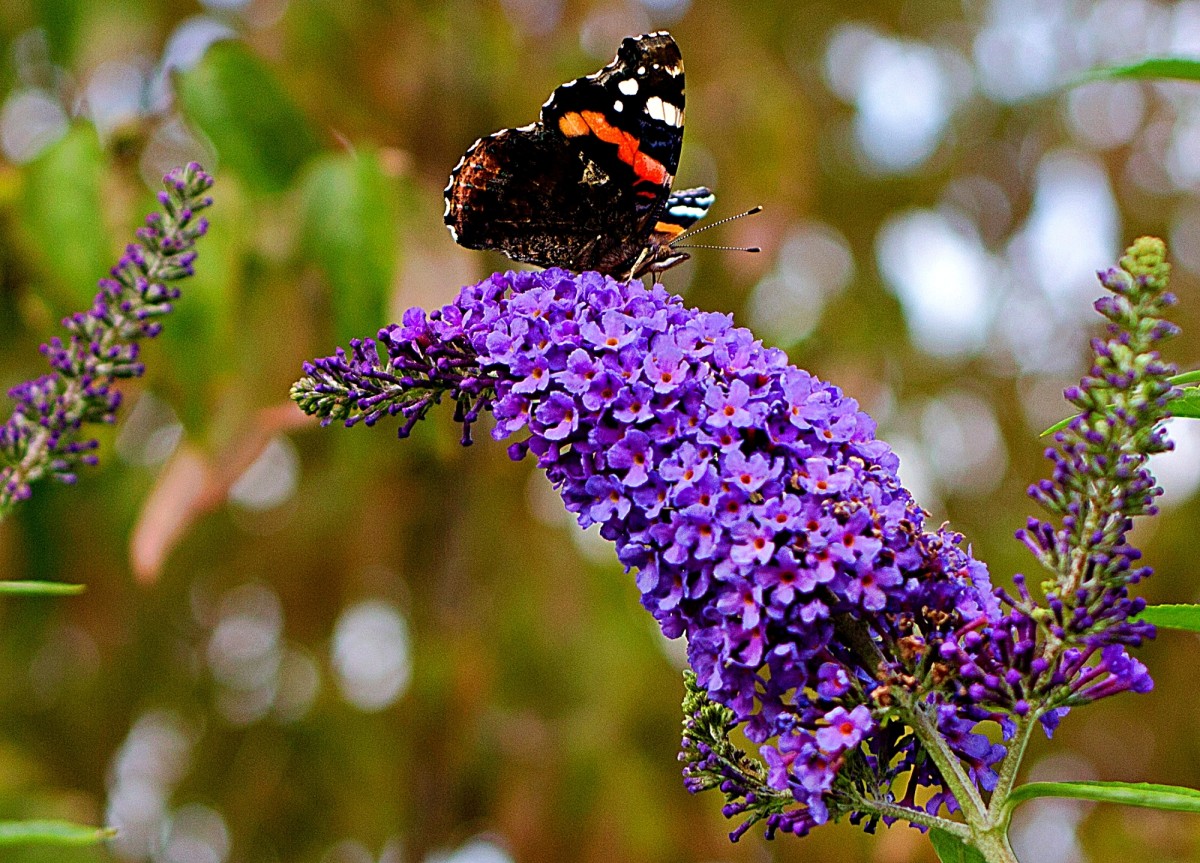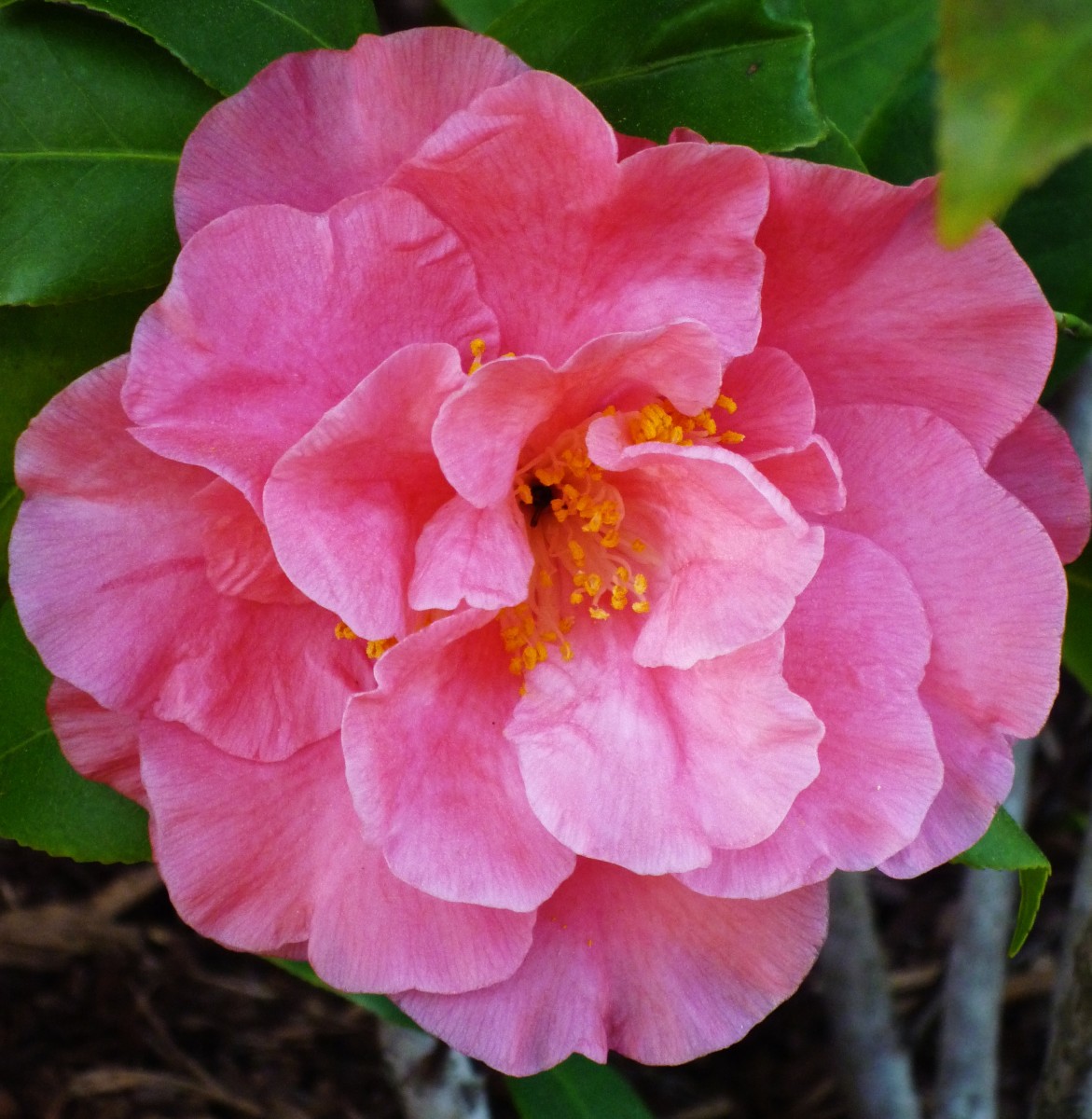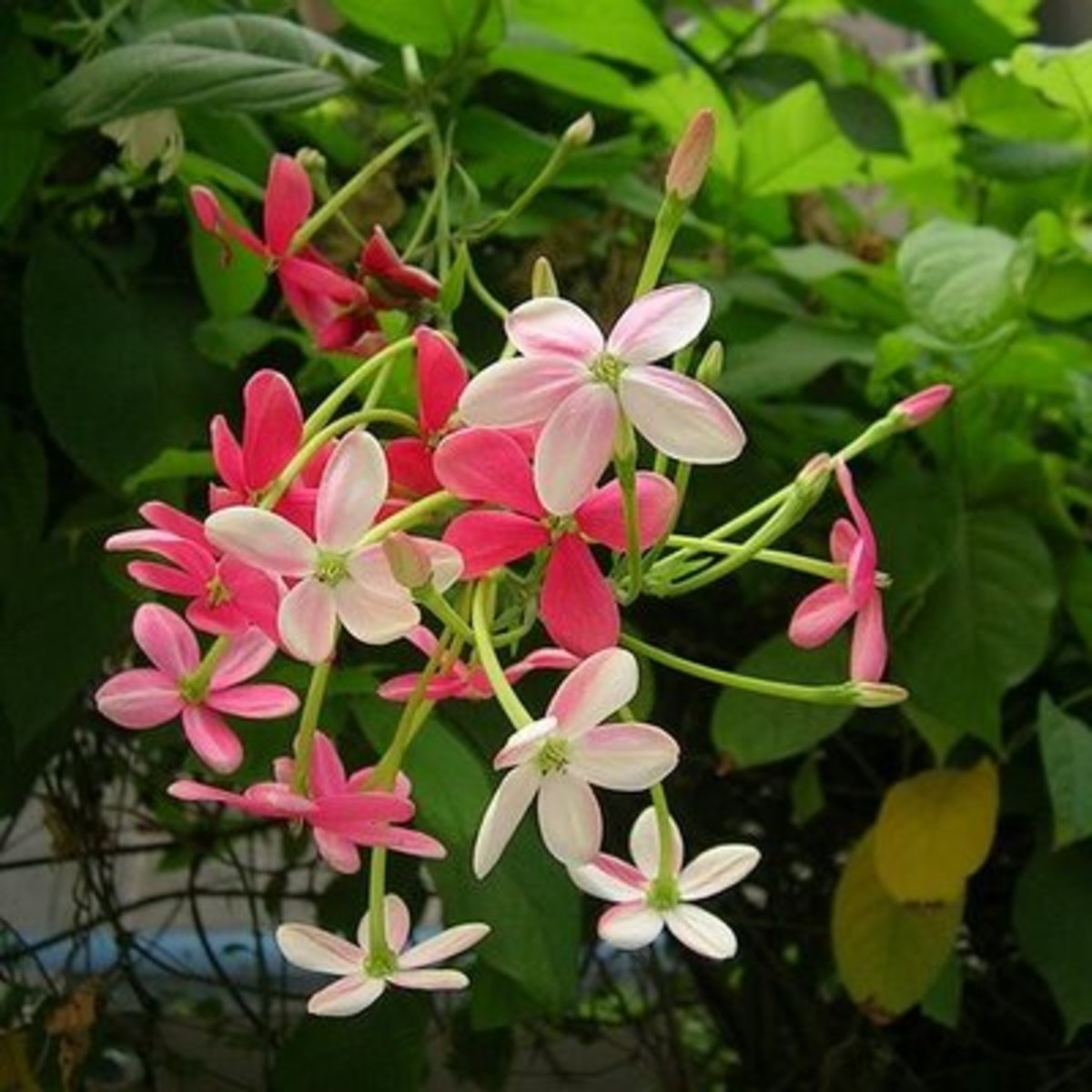How to Grow Camellias
Beautiful Flowering Camellias
The camellia is one of the oldest flowers. This exotic plant blooms profusely. It produces spectacular new varieties even for amateur gardeners. They have been growing in the wild for thousands of years. Various camellias cross pollute with each other.
A Flowering Bush Grows Within a Year
- When a new camellia blooms, it may be reproduced by cutting tiny bits of stem with a leaf bud, from the parent plant.
- And then grafted to the trunk of an established plant.
- The graft will bloom a year later, showing the new variety.
- Short lengths of stem are cut and placed in a special mixture to grow roots.
- A flowering bush grows within a year, which is identical to the parent plant.
Beautiful Pink Camillia
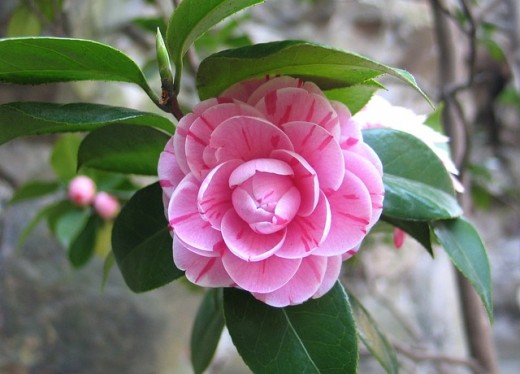
Camellia Seed Oil for Acne
Camellia oil is extracted from the seeds of the camillia flower. This organic plant oil is used for treating acne, eczema and even stretch marks.
It also contains anti-oxidants that protect the skin from free radicals. Camillia oil contains vitamin A, B, E and omega 9 fatty acids, as well as a large amount of oleic acid.
The oil restores the moisture balance in dry skin. Japanese women who are known for their beautiful skin have been using camillia oil for a long time.
The Chinese Use Some Leaves For Tea
When Queen Elizabeth 1 was on the throne in 1600, it was noticed at the East India Company that the Chinese made a tea from the leaves of a camellia bush called ‘Thea sinensis. The Englishmen also tried this tea and grew fond of it. Years later when traders tried to export the Thea plants to Europe, the Chinese substituted another camellia. It looked like tea but did not have the same flavor. However, these flavorless plants bore beautiful flowers which became very popular with gardeners. They were also taken to America and one planted more than a century ago now has a trunk five feet wide.
The Flowers Were In Demand
In the 1930’s, a demand for winter flowers that were easy to grow developed in California. The first major grower in America was a Los Angeles newspaper publisher, Manchester Boddy. He had bought a new property which he had named Descanso, 165 rough, hilly. Oak shaded acres in a high valley 20 miles from Los Angeles. Trying to find a way for the land to support itself, he had the idea of growing camellias to sell to florists. In 1948 Boddy heard of spectacular new varieties of Camellia’s that had been discovered in China. He immediately rushed money to Professor Tsai, at China’s Yunnan Botanical Institute in Kunming. Propagated, they were given such names as ‘Butterfly Wings’ and ‘Lionheads.’ When these flowers bloomed, they were large with beautiful colors. A sight to behold. Unfortunately, by 1953 Buddy was in trouble, new varieties had swamped the market, forcing prices down. He then opened Descanso gardens to the public, charging admission. Visitors, up to 5000, on weekends, came to see the flowering camellias.
So Many Different Colors
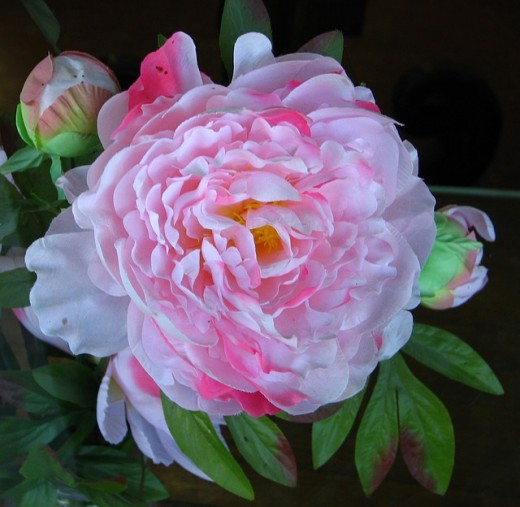
The Flower Gardener’s Bible .
10 Anniversary Edition
by Lewis and Nancy Hill.
Easy to read text with a magazine like layout and a step to step guide with colorful images, provide interesting instructions and information for your vegetable and flower garden. They provide easy to follow instructions in basic techniques of planting.
Part 11
A Gallery of Gardens
Provides extensive lists for everything you need, and instructions from a garden path to a rose garden.
Part 111
The hills provide information on 261 perennials, annuals, bulbs, wildflowers, shrubs, vines and grasses. The colorful images invite browsing and offer gardeners a comprehensive choice when planning new flower beds and features for your garden.
Whether sowing seeds in spring, or protecting roses for winter, planting, advice on improving soil, destroying pests and diseases, plans for home gardens, a schedule of blossoming times and descriptions of more than 400 flowering plants. The authors have produced an excellent guide.
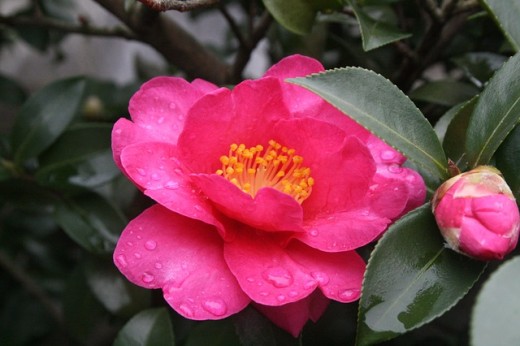
More Than a 100,000 Camellias
Later, property developers offered him a huge sum for Descanso, instead, he sold it as a public park, accepting a substantial loss in order to preserve the camellia garden. There were more than 100,000 camellias, with some of them 30 feet tall. Millions of beautiful blossoms flourished.
Buds Ready To Open
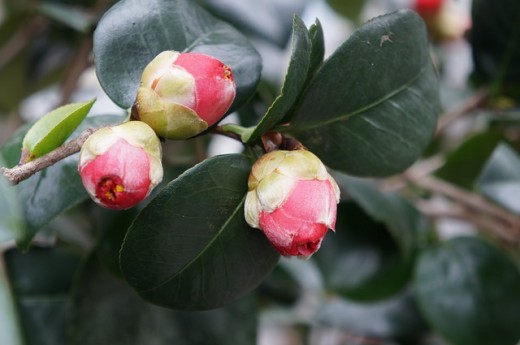
Camellias Are Known For Their Beauty
Camellias grown from seed often bear no resemblance to their parents. ‘Tiffany,’ is one of the loveliest camellias grown from seed. Salmon pink, a blossom three inches thick and six inches across. A California gardener had bought and planted some camellia seed, and after about a year this beautiful plant emerged.
The camellias are known for its beauty, but it also has other qualities. It dislikes being cultivated, shapes itself without pruning and has elegant glossy foliage which insects and diseases seem to find repugnant. They also require little food and attention.
This content is accurate and true to the best of the author’s knowledge and is not meant to substitute for formal and individualized advice from a qualified professional.
© 2017 Anita Hasch


